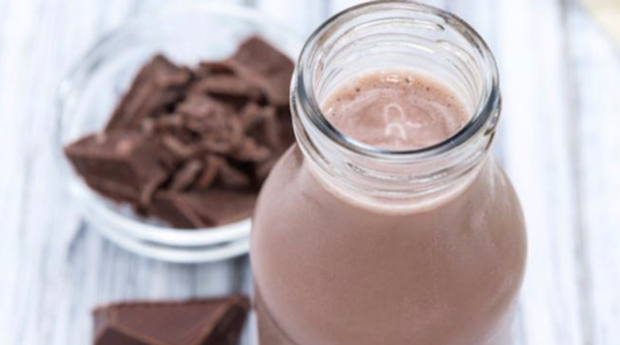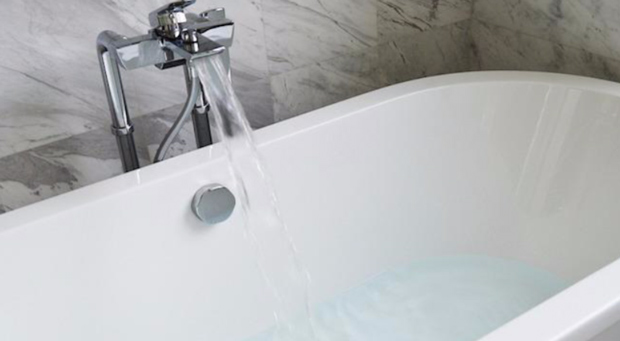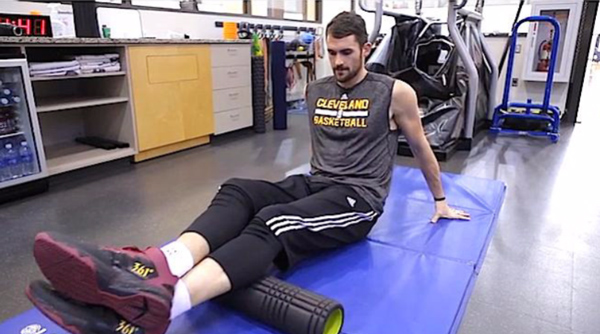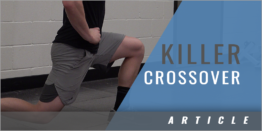| How Kentucky Basketball Players Stay Healthy During the Season |
| By: Robert Harris
Provided by: STACK Well, if you talk to the players in our locker room, or any athlete who's reached the pro level, they'll tell you the key to it all is one word: Recovery. Athletes have to do the little things off the court to keep their bodies ready to perform on the court. We have an entire protocol dedicated to how athletes should properly take care of themselves, but there are a few essential methods you can use to boost your recovery right away. Here are five pillars that guide our approach to recovery, and that can help yours too. 1. Don't Overlook the Importance of Sleep
In day care facilities across the country, the 2- and 3-year-old kids have set nap times. Well, guess what? In-season players should make like toddlers. Naps should be a part of their daily routine. Why? Several reasons, but I'll list a few. First, sleep gives your muscles a chance to rest and repair themselves. While you sleep at night, your body releases helpful hormones, including human growth hormone, which helps build new muscle tissue. On the flipside, not getting an adequate amount (8-10 hours) of sleep per night can result in increasing your chance of injury and decrease your reaction times. Taking a power nap (20 to 30 minutes) gives your body and brain a chance to recharge, and it will not interfere with your nightly rest. 2. Focus on Your Nutrition
Let me take you back to childhood once more. This time, picture yourself in the elementary school cafeteria. Going through the lunch line, before you reach the corn and chicken nuggets, you probably saw those little cartons of chocolate milk (one of my personal favorites). Chocolate milk is a great source of protein, which aids in the repair of muscle tissue, as well as of carbohydrates, which help replace muscle glycogen lost during training. And we haven't even mentioned calcium, supporter of better bone health, which is a staple of milk. Together, the combination is a formidable friend to athletes, and it's inexpensive and easily accessible. 3. Take Cold Baths
This is a tough one, especially when you're in the middle of January and a warm shower would feelsoooo good. But after practice, our athletes first hop in the cold tubs. You've probably heard plenty of stories about the benefits of cold water submersion: less lactic acid buildup, reduced stiffness and tightness in the joints, faster recovery overall. Suck it up and take the plunge—then go hit the showers. 4. Foam Roll Like You Mean It Those minutes after practice but before you hop in the cold tub are a great time to grab a foam roller or band and do some stretching or self-myofascial release. Self-massage helps release tension in your tissues, allowing you to enjoy a greater range of motion and mobility the next time you play (and while you're walking around campus, for that matter). Studies indicate that self-myofascial release techniques like foam rolling can also improve blood circulation and help reduce lactic acid buildup.
Here are some examples of how our athletes approach foam rolling, stretching and mobility work. Athletes don't have to do all of these things after every practice, but they should do the entire series at least a couple of times per week (more on that in a sec). FOAM ROLL SERIES • Glutes • Hamstrings • Soleus • IT Band • Quads • Groin Roll out on each muscle for approximately 30 to 45 seconds BAND STRETCH SERIES • Hamstrings • Groin • Cradle Hold each stretch for: 20 to 30 second HIP MOBILITY SERIES • Over/Under Hurdles (Lateral) • Hip Flexor Stretch • Frogger Stretch • Deep Lunge & Twist |










